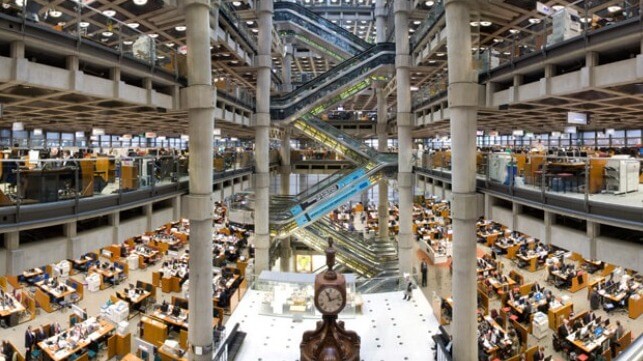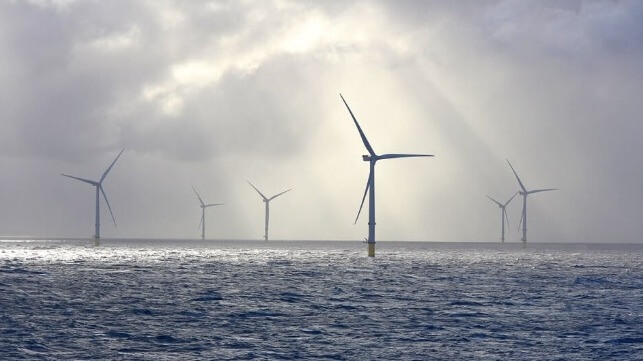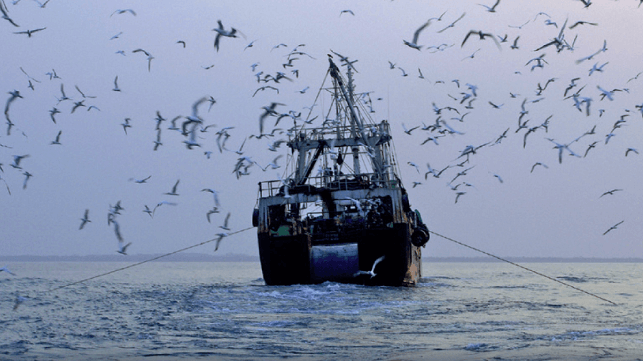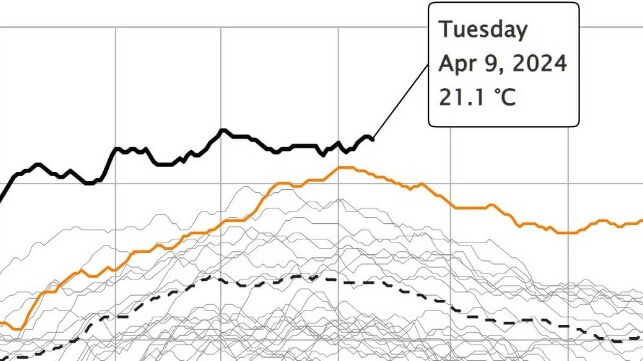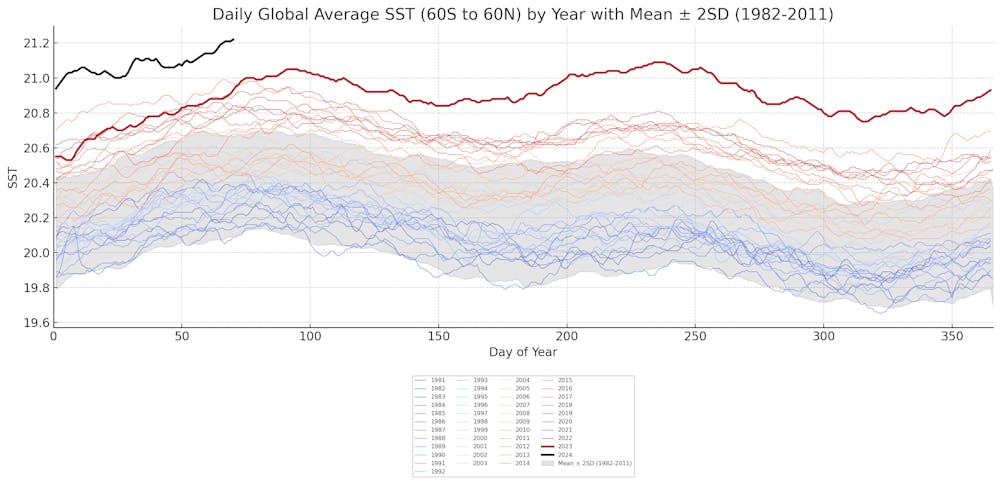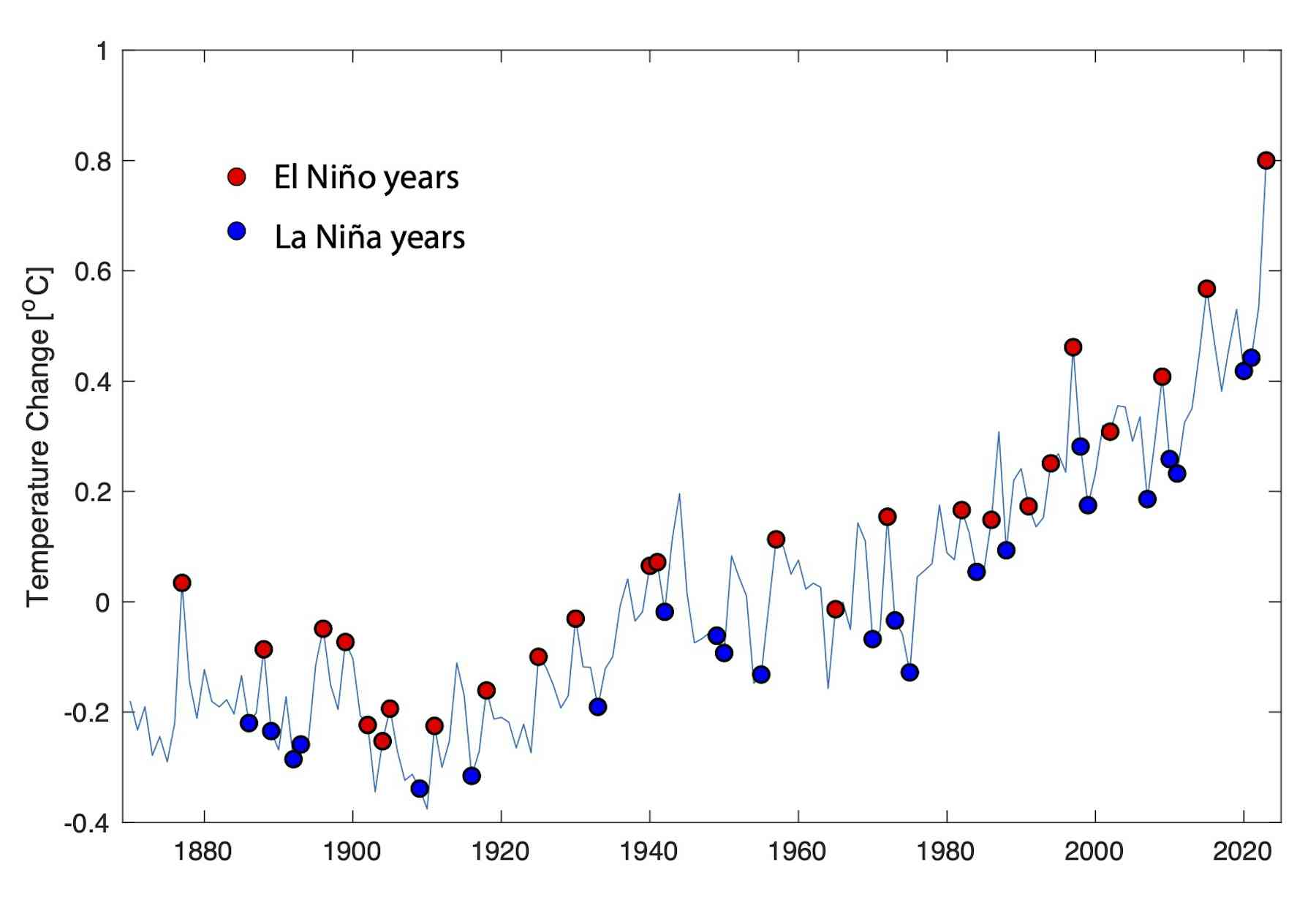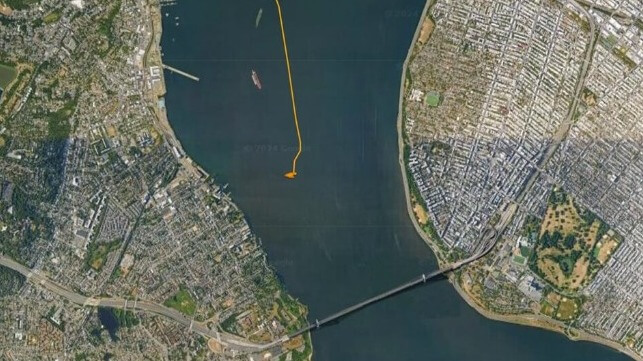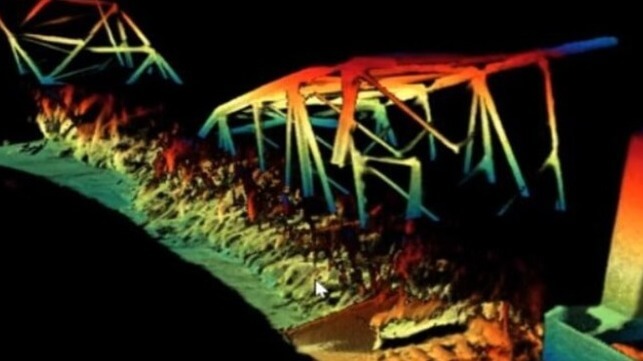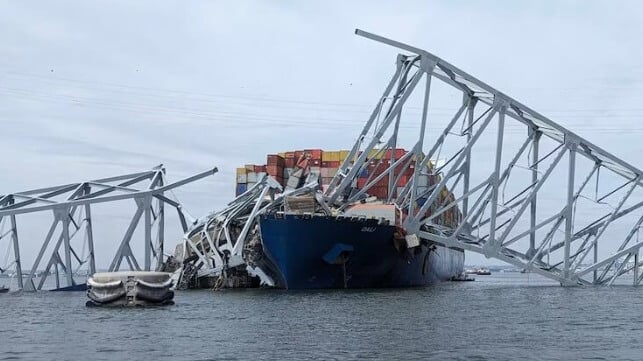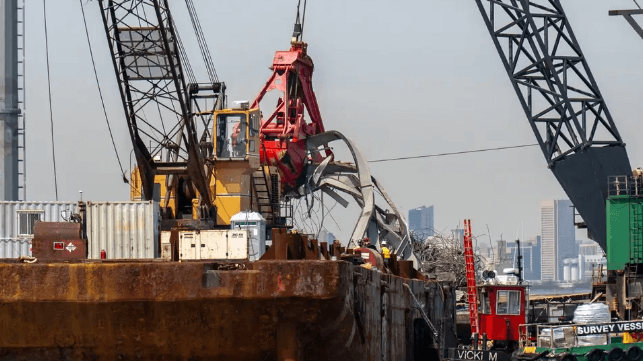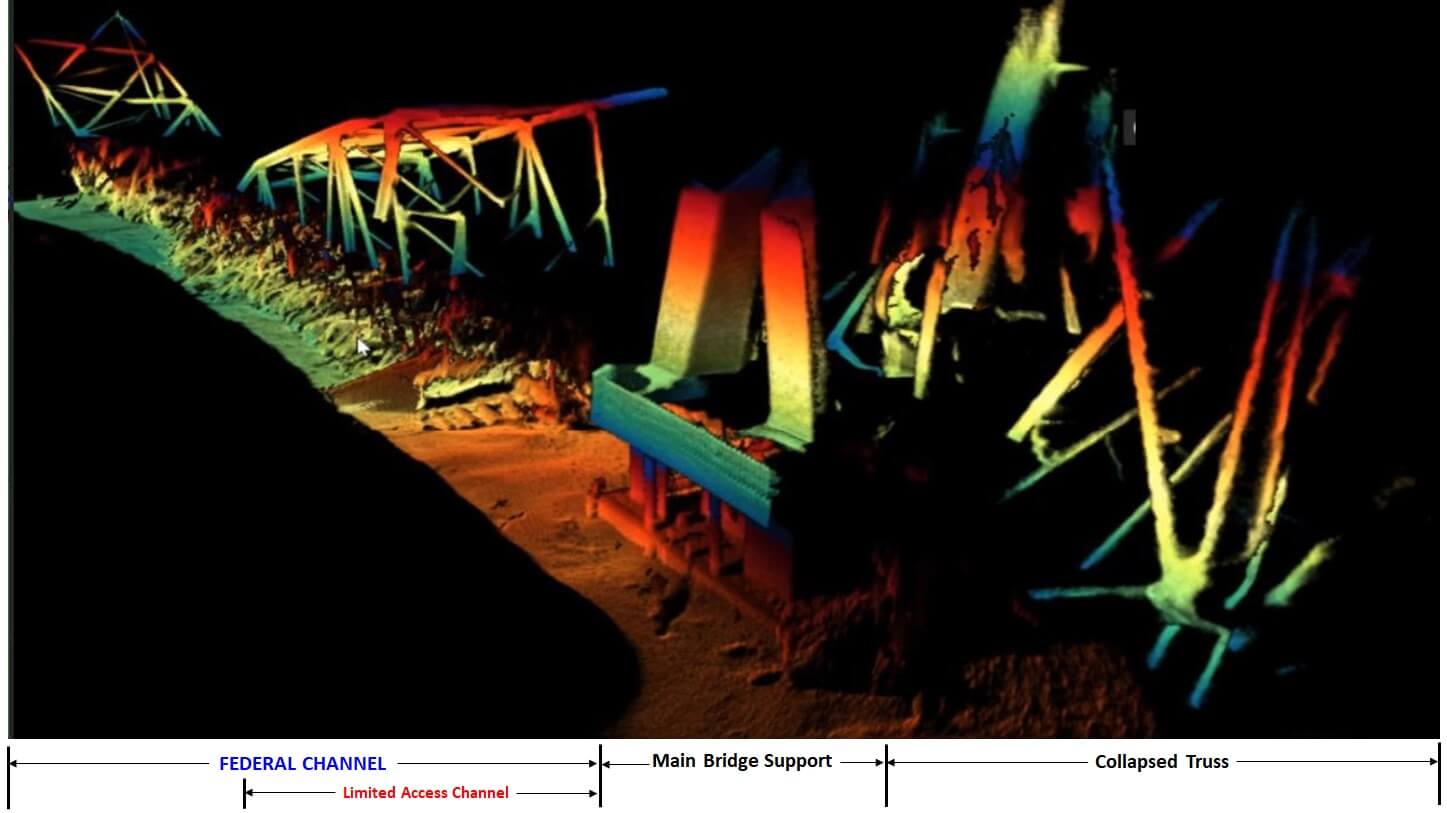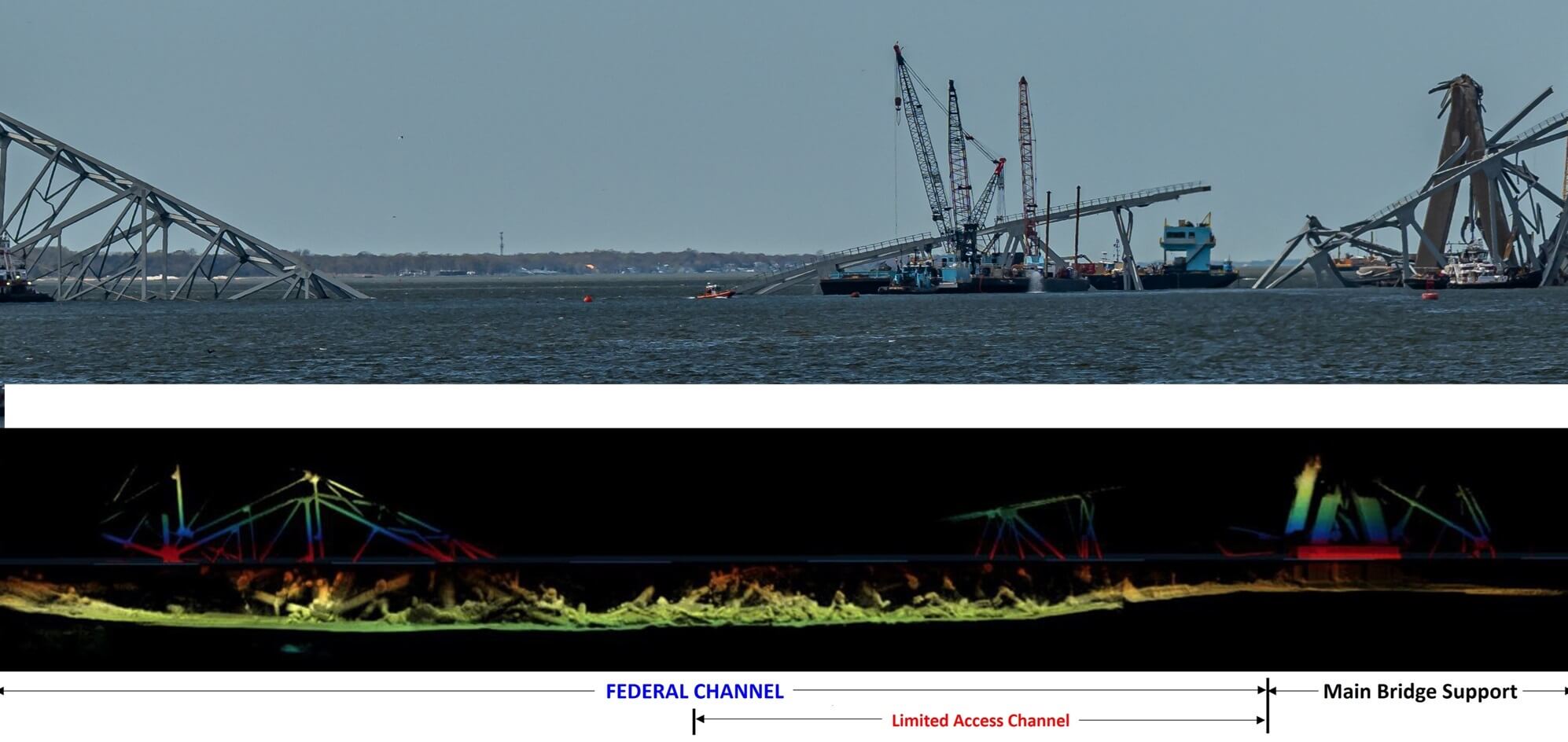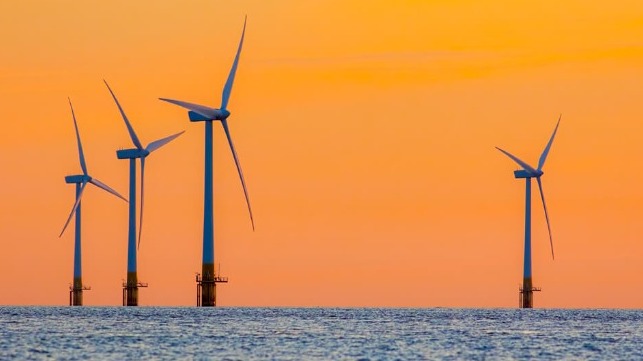The 1974 “Rumble in the Jungle” made rope-a-dope famous. The boxing technique whereby a fighter allows his opponent to beat him while he leans on the ring’s ropes so they absorb the energy of the blows enabled challenger Muhammed Ali to seize the world heavyweight crown from George Foreman. All the pummeling wore out the champion, leading to Ali’s unconventional victory.
Based on green energy’s beatings in 2023 and early 2024, is the industry merely engaging in a rope-a-dope?
Green energy appears to have lost its mojo. Grid operators struggle to avoid electricity blackouts. Electric vehicle owners can’t get them charged in super-cold weather. EV manufacturers scale back their production plans and lay off workers. Who wouldn’t question the Green Revolution?
In Europe, energy-intensive businesses are abandoning high energy-cost countries in favor of lower-cost ones. European households are straining under the weight of high utility bills. The mirage of cheap renewable energy is disappearing, but for many it can’t happen quickly enough.
Stressed Power Grids
The polar vortex that swept across North America stressed power grids. Canada’s Alberta grid operator warned of blackouts without a power reduction. Customers responded by cutting power usage by 100 megawatts, saving the grid.
Like many North American grids, Alberta’s renewable energy share is growing. The problem is renewable energy sources – solar and wind – are part-time power providers, which complicates keeping the system balanced. Alberta’s data illustrates the growing challenge of managing the grid.
Alberta has 19,272 megawatts of electricity generation capacity of which a quarter is renewable – wind (19.4 percent) and solar (6.1 percent). On the first day of the three-day grid emergency, wind generated just 2.3 percent of its capacity while solar was better at 8.8 percent. It was a sunny day because the maximum solar utilization that day reached 37.4 percent, but wind failed to even double its output. Natural gas carried the load, generating 75.5 percent of its capacity, which is 64 percent of the grid’s total generating capacity.
To highlight the part-time performance of renewable energy, on the same day of the prior week, solar delivered zero output while wind delivered 59.8 percent. Given wind’s strong performance, natural gas got a reprieve and only had to utilize 74.9 percent of its capacity.
U.S. grid operators anxiously watched. The Texas grid, devastated by Winter Storm Uri in 2021, which claimed 800 lives, avoided a repeat as temperatures were not as cold and there was no ice storm. However, during the 7 a.m. hour on the two days of the cold snap, the grid narrowly avoided crashing when wind generated only 7 percent and 12 percent of capacity. Solar was completely absent. Natural gas, coal and nuclear power kept the electrons flowing.
The East Coast offshore wind disaster that began last year continued into the new year. Developer Eversource announced a $1.4-$1.6 billion write-down of the value of its interests in three joint-venture offshore wind projects as it seeks to sell them. Because the economics of these projects have deteriorated, their value must be reduced.
Transition Fairy Tales
Joe Kaeser, Chairman of Siemens Energy, one of the world’s largest wind turbine manufacturers, commented on the energy transition fairy tales that must be corrected before progress can be made.
He was interviewed by The Telegraph after addressing the recent Davos World Economic Forum meeting. He told the paper, “Every transformation comes at a cost and every transformation is painful. And that’s something which the energy industry and the public sector – governments – don’t really want to hear.”
“I believe people need to become reasonable about the energy transition,” he added. “I believe that for a while [customers] need to accept higher pricing. And then there might be innovation – about the weight of the blades, other efficiency methods, technology – so the cost can then go down again. But the point is, if there is no profit pool in an industry, why should that industry innovate?”
In effect, only higher prices will create the “profit pool” allowing the industry to innovate and hopefully bring down costs.
“I think [the net zero targets] are realistic, but they come at a cost,” Kaeser continued. “You need to stick by the facts at some point even though facts sometimes may not be liked.” He went on to explain that consumers want “reliability, affordability and sustainability” from their energy system. However, as he points out, “sustainability and affordability may conflict.”
As a result, the green energy movement faces a serious problem: “If you want to have cheap energy,” Kaeser concludes, “you need to be gas-fired. That’s the cheapest way, the most secure way if you calculate the whole thing, from the beginning to the end.”
Natural gas over wind energy is not a message the green energy movement wants to hear, especially from a key industry player. But Kaeser is right. Transitions take time and are not costless. You need profitable industries to effect technological change, enabling the transition to continue. Compressing the transition timeline is proving to be more expensive than it would be otherwise, and therefore it’s alienating the public whose support it needs.
Energiewende
A fast energy transition can lead to fundamental flaws that put economies and societies at risk of immense harm. Germany, the world’s fourth largest economy, experienced an economic contraction last year and is projected to barely grow this year.
The problem? High-cost energy.
Germany’s energy transition – Energiewende – has been underway for over 20 years. The transition was energized following the 1997 Kyoto Protocol. Germany’s carbon emissions reduction has been outstanding, but recent progress has come at the cost of industrial activity due to surging energy costs.
The super-cold winter of 2021-2022 depleted gas storage just as the Russia/Ukraine conflict commenced and Germany lost its major source of gas. Energy prices soared as alternative gas supplies were secured at higher prices. German households pay the second highest electricity price in Europe – three times the cost in the U.S.
With Germany’s economy shrinking because manufacturers, especially high-energy-consuming companies, were ceasing operations and shifting production to low-energy-cost countries, the government had to act. Last November, it agreed to subsidize the industry’s energy costs to the tune of €28 billion ($30.5 billion) for 2024-2027 with €12 billion ($13 billion) allocated for 2024.
This may not be enough to keep the economy humming, suggesting the public may suffer even more in the future.
EV Slowdown
Another struggling green energy industry is electric vehicles. Sales continue to grow but at a slower-than-anticipated rate. Production has outstripped demand, causing inventories to build on dealers’ lots.
The share of Americans willing to consider EV purchases has fallen, causing America’s automakers to pull back EV investments, cut production and lay off workers. This is happening despite more states instituting bans on internal combustion engine vehicle sales.
Pictures of charging stations in Chicago chock-full of EVs with dead batteries during the recent Arctic cold spell created bad press. The inability to charge EVs and a significant loss of range have alarmed potential buyers.
The announcement by rental car giant Hertz that it’s selling a third of its global EV fleet – 20,000 vehicles – because of repair and insurance costs was another black eye for the industry. Hertz was pressured by the sharp drop in used EV values due to Tesla’s price cuts. Rental car company earnings are highly sensitive to fleet depreciation. Price cuts drive down used-car values, slamming earnings.
But the real problem was not as many people wanted to rent EVs as Hertz anticipated.
Tesla has aggressively cut EV prices hoping to boost lagging sales. As a result, Detroit automakers are losing thousands of dollars per EV sold, an untenable situation.
Rope-a-Dope?
It would seem the green energy movement is being derailed. However, it could just be a rope-a-dope move. Can the industry rally?
As Siemens Energy’s Kaeser explained, the rush to transition has created the industry’s problems. For offshore wind, it rushed to build bigger and bigger turbines to boost project returns, but the technology could not mature at the same pace. With developers “flip-flopping on projects given their slow planning process, equipment suppliers were left with an uncertain business outlook.” Thus, they are reluctant to invest in research and development and the larger manufacturing plants necessary for bringing down turbine costs and improving project economics.
“It’s up and down and up and down, and promise here and promise there and then, ‘Oh, well, renewables are too expensive.’ Well, the cost of energy doesn’t go down on renewables if you don’t innovate,” Kaeser explained.
Who Pays?
It all comes down to money. If countries and developers are not prepared to spend, they should rethink their net zero plans.
Such spending, however, is predicated on a return to a world with loads of cheap money. That world no longer exists. In today’s high-interest-rate world, the cheap renewable energy mirage has disappeared. The cost of the energy transition can’t be financed on the backs of the public alone.
As they await a renewable energy rope-a-dope, many electricity customers are yelling, “No Más!” – MarEx
The opinions expressed herein are the author's and not necessarily those of The Maritime Executive.
